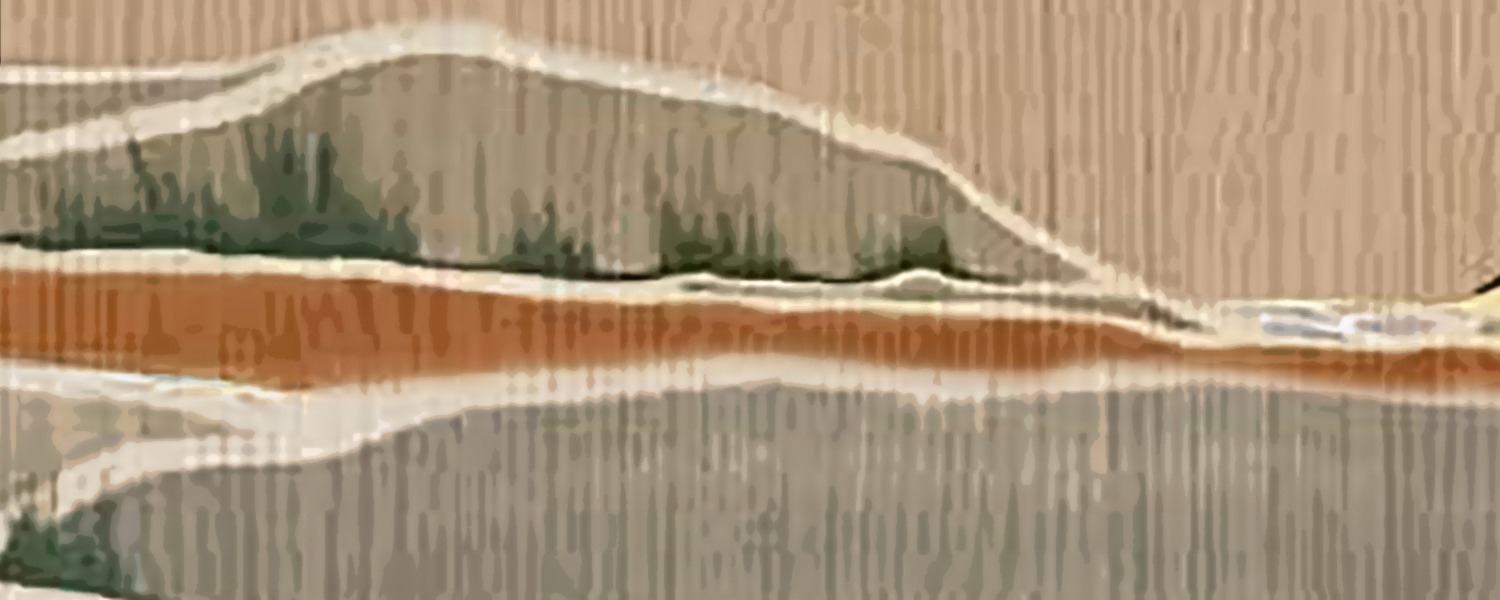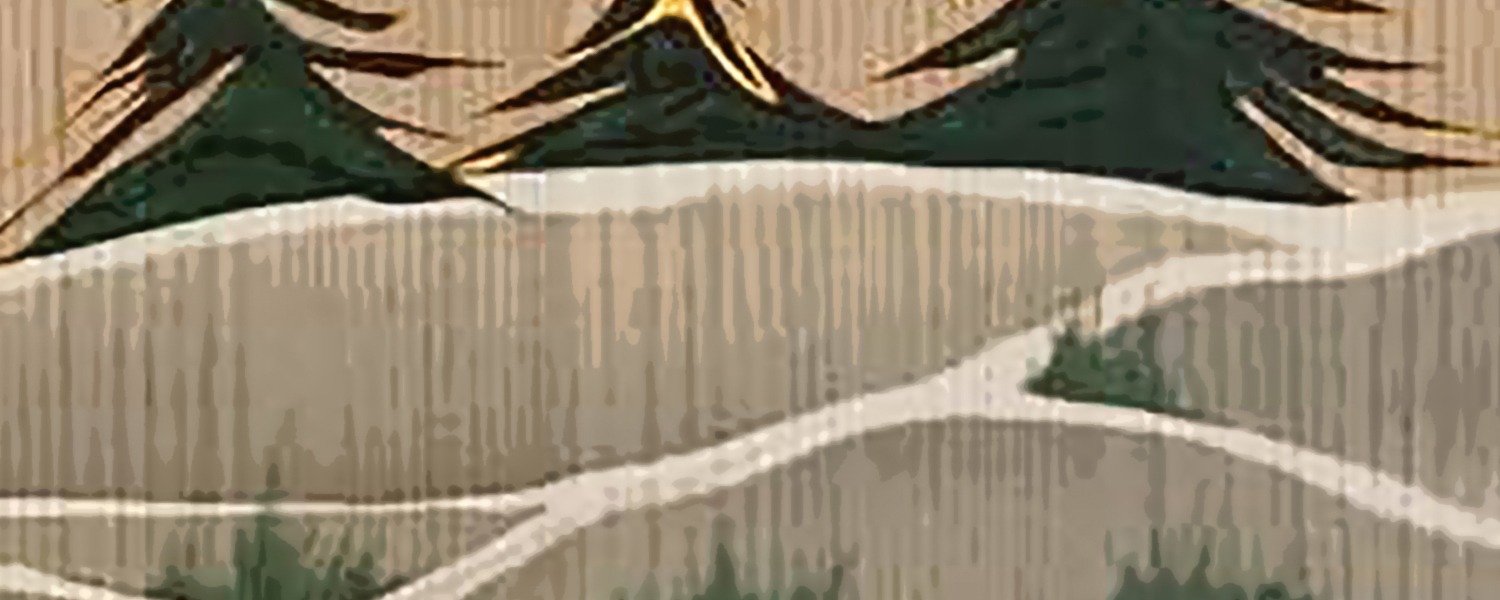Today, the Supreme Court of Canada made a landmark decision on Aboriginal title, by recognizing the land rights of the Tsilhqot’in Nation.
This is great news – and we at OKT are writing this blog post to give you a sense of how we are understanding this momentous decision.
What did the Court decide?
The Supreme Court of Canada declared that the Tsilhqot’in Nation has Aboriginal title to part of their traditional territory. The Court did not create a new right, but simply recognized the Tsilhqot’in Nation’s existing title. In this decision, the Supreme Court followed a long line of court decisions about Aboriginal title. The Court rejected the approach to Aboriginal title that the B.C. Court of Appeal had taken in this case, returning to the established case law and making it clear that Aboriginal title applies to territories, not “postage stamp” sized sites of intensive occupation.
What are the consequences of the decision?
- The Tsilhqot’in have an Aboriginal title right to part of their traditional territory. This means they have ownership rights similar to any other landowner, such as occupying the land, deciding how the land is used, enjoying the economic benefits of the land, and managing and otherwise using the land. Like any other landowner, they also have a right to exclude others from their land.
- The only limitation on their use of the land is that it cannot be used in a manner that would destroy the land’s ability to sustain future generations of Tsilhqot’in people (para 121).
- Further, the Aboriginal title right to exclusive occupation can be justifiably infringed by the government in certain circumstances, but the Court made it clear that these are intended to be high hurdles for the government to meet:
- the government has to show that the purpose of the infringement is a “compelling and substantial public purpose” (para 84)
- the government has to show that the incursion is necessary to achieve the government’s goal (para 87)
- the government has to show that the infringement does not infringe on Aboriginal title any further than necessary to achieve that purpose (para 87)
- the government has to show that the benefits expected from the infringement are not outweighed by the adverse effects on Aboriginal interests (para 87)
- So, if the Crown wants to develop lands subject to Aboriginal title, it has two choices. Either it needs the consent of the Aboriginal title-holders or it must be confident that the development is a “justified infringement” of Aboriginal title.
- The Court cautions that projects begun without consent on claimed Aboriginal title lands may need to be cancelled, if the title claims are eventually proven and the Crown can’t show justified infringement (para. 92). Hopefully, this will encourage the Crown to engage in early, meaningful consultations with Aboriginal title claimants when projects are contemplated that might affect claimed lands.
- One other important outcome of this case is the Court’s confirmation that provincial laws of general application apply to Aboriginal title lands. Both federal and provincial laws apply to Aboriginal title lands unless they constitute an infringement on Aboriginal rights or title and cannot be justified according to the framework discussed above (para. 151).
Is this a revolutionary decision?
This is a landmark decision, in that it is the first time a Canadian court has issued a declaration of Aboriginal title, but it is important to remember that this decision is not a revolution. Here is a brief review of what Aboriginal title means and a reminder that this case simply recognizes land rights that have existed for a very long time:
- Aboriginal title recognizes the right of Aboriginal people to occupy and use their own lands, and not to have their lands taken away by others without their consent. This right is not new but is older than Canada.
- Most settler Canadians live on lands where there already has been some agreement about Aboriginal title. These agreements are called treaties, and hundreds of them have been made.
- But not all land in Canada is covered by treaties. For lands not covered by treaties, Aboriginal title has existed since time immemorial, continued to exist when settlers first arrived, and continues to exist today. Unfortunately, courts and governments in Canada have not always recognized this fact.
- In some areas of Canada, such as British Columbia, settler governments made a decision early on to pretend as if Aboriginal people did not exist, and simply took their lands. First Nations in BC have been trying to go to court to stop the government from taking their lands since more than a century ago. The Indian Act was actually amended to prevent First Nations from hiring lawyers to pursue these claims, and this provision was only lifted in 1951.
- The Supreme Court of Canada first recognized that First Nations have an Aboriginal title right to their lands in 1973, but it was not until 1997 that the SCC provided a way for them to prove it.
- In the Tsilhqot’in Nation case, in the lower courts, the provincial and federal governments tried to argue that Aboriginal people have no rights to lands except for “salt licks, narrow defiles between mountains and cliffs, particular rocks or promontories used for netting salmon, or […] buffalo jumps”. More about this debate can be found here.
- The Supreme Court of Canada has forcefully rejected this restrictive view of Aboriginal land rights, and affirmed the right of the Tsilhqot’in Nation to their territory.
- The SCC has therefore also forcefully rejected the idea that First Nations had no ownership over their lands.
We congratulate the Tsilhqot’in nation for finally achieving some measure of vindication for their rights.
By Andrea Bradley and Senwung Luk
Related Posts

AMC Wins Unprecedented Discount Hydro Rates for On Reserve Residents
By Senwung Luk and Corey Shefman
On May 1st, 2018, Manitoba’ Public Utilities Board adopted recommendations made by the Assembly of Manitoba Chiefs (“AMC”) to create a new electricity rate…
Read More...
SCC says failure to create reserve a breach of fiduciary duty in divided decision
By Krista Nerland and Senwung Luk
This morning, the Supreme Court of Canada released its decision in Williams Lake Indian Band v. Canada, a case about the…
Read More...
Traditional Knowledge collection, confidentiality, and ownership: some issues to consider
When traditional knowledge is collected in the context of the study, who owns it? And does the knowledge stay confidential?
There is no doubt that collecting traditional knowledge is crucially…
Read More...

